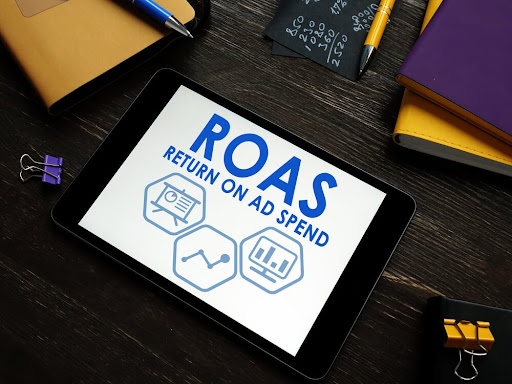How to Calculate the Return on Investment (ROI) of Your SEA Campaigns in E-Commerce?
In e-commerce, every dollar invested counts. Yet, many businesses launch SEA (Search Engine Advertising) campaigns without truly knowing if they are getting more back than they are spending. This is exactly where the ROI of SEA campaigns becomes essential.
Understanding your return on investment means knowing whether your ads are genuinely creating value, whether they are worth continuing, and most importantly, how to improve them to maximize your online sales.
In this article, we’ll walk you through how to clearly define your costs and revenues, calculate your ROI, and implement a continuous optimization strategy to get the most out of your SEA campaigns.
1. Define costs and revenues
The first step in measuring the ROI of your SEA campaigns is to clearly identify the costs and the revenue generated. Too often, businesses only consider the advertising budget as a cost. However, other expenses also impact the profitability of your campaigns, such as:
- Cost per click (CPC) paid to Google Ads or Microsoft Ads
- Ad creation costs (visuals, copy, landing pages)
- Time or fees spent managing the campaigns
Identify revenues attributable to campaigns
To accurately evaluate the ROI of your SEA campaigns, it’s essential to track the revenue actually generated by your ads. This creates a direct link between your advertising investments and the results achieved.
We recommend:
- Implement conversion tracking in Google Ads or Google Analytics
- Take into account the average order value
- Analyze actual sales generated by paid traffic
At this stage, it’s crucial to distinguish between two often-confused concepts: ROI vs ROAS
- ROI (Return on Investment): Measures net profit generated compared to the total cost invested.
- ROAS (Return on Ad Spend): Measures gross revenue generated compared only to ad spend (revenue / ad costs).
ROI provides a global view of profitability, while ROAS focuses solely on advertising efficiency. Both metrics are complementary and indispensable for managing your campaigns.
2. Calculate ROI
Once costs and revenues are identified, calculating the ROI of your SEA campaigns is fairly straightforward.
ROI Formula :

Example :
Let’s say you spend $1,000 on an SEA campaign.
Your sales generated from this campaign amount to $2,500, and your additional costs (creation and management) are $500.
This means every dollar invested generated $0.66 in net profit—a clear indicator of your campaign’s profitability.
3. Optimize and Analyze
Measuring the ROI of your SEA campaigns is a crucial step, but it’s just the beginning. Calculating ROI gives you a clear sense of profitability, but the real value comes from how you use that data. The goal is to leverage these insights to improve your performance and make better marketing decisions.
Refine Targeting and Keywords
Start with targeting. Choosing the right keywords means reaching people who are already ready to buy. On the other hand, triggering your ads on too broad or generic terms can waste your budget. By refining your keyword strategy and excluding irrelevant queries, you directly improve the ROI of your SEA campaigns.
Improve Ads and Landing Pages
Success doesn’t rely on targeting alone. The quality of your ads and landing pages is just as important. A clear, engaging message, a fast-loading page, mobile-friendly design, and a reassuring user experience often make the difference between a simple click and a real sale. This is how your investments turn into tangible results.
Monitor Key Metrics
Optimizing campaigns requires ongoing monitoring. Metrics like Cost Per Acquisition (CPA), Click-Through Rate (CTR), and ROAS help you understand where to focus your efforts. By testing new variations (A/B testing), allocating budget to the best-performing campaigns, or using remarketing to re-engage interested visitors, you create a cycle of continuous improvement. This approach ensures your ROI from SEA campaigns keeps growing sustainably.
Conclusion: ROI as a Strategic Lever for E-Commerce
Measuring and optimizing the ROI of your SEA campaigns is far more than an accounting exercise,it’s a strategic lever for driving online sales, allocating budgets wisely, and boosting overall profitability.
By combining rigorous tracking, continuous analysis, and strategic adjustments, you can turn your advertising investments into a true engine for sustainable growth.
Looking for expert support to optimize your SEA campaigns and improve ROI? Contact our team to discuss your goals and discover how to maximize performance.






